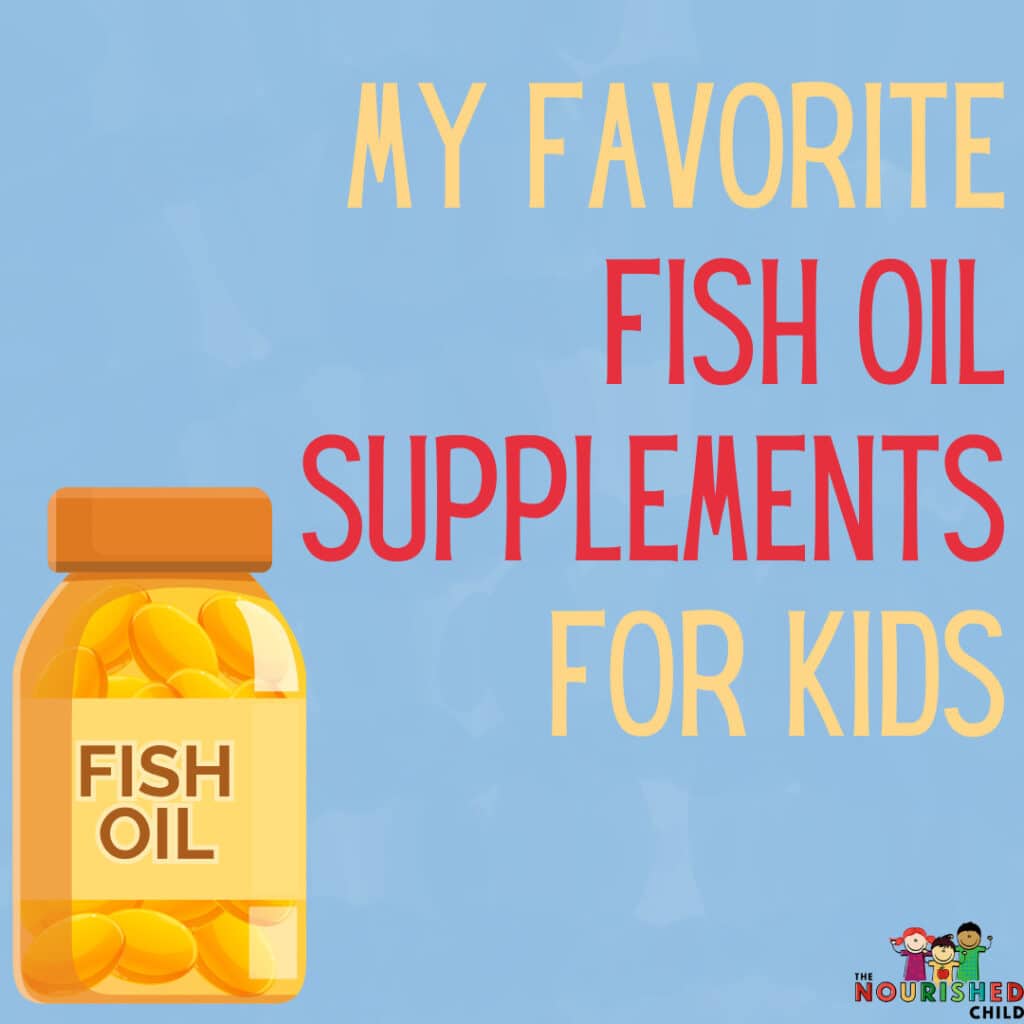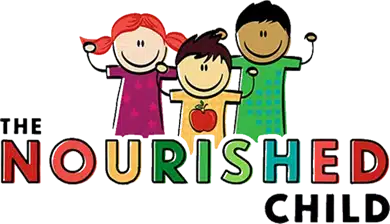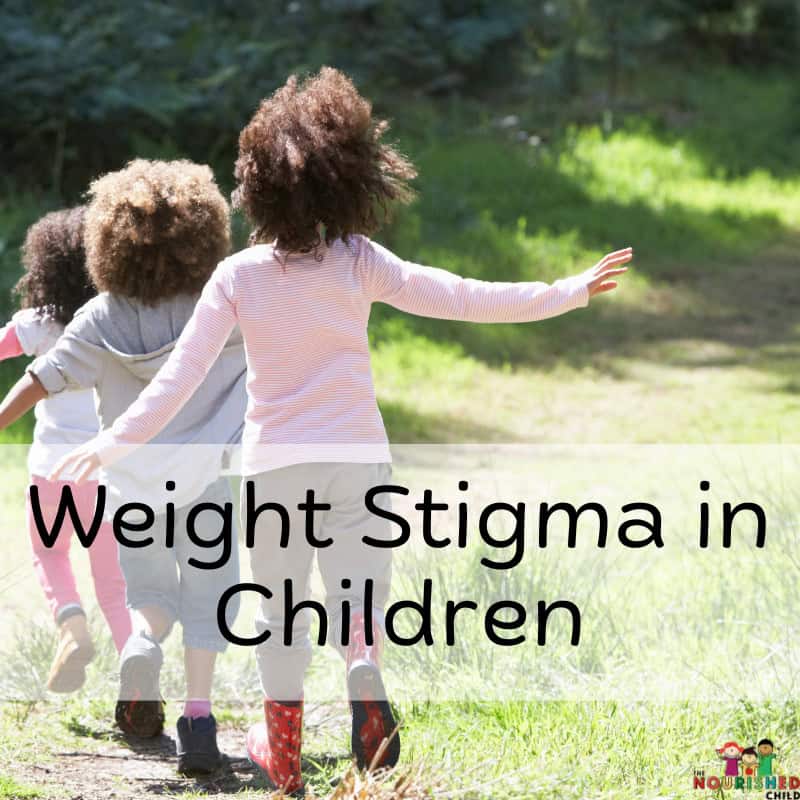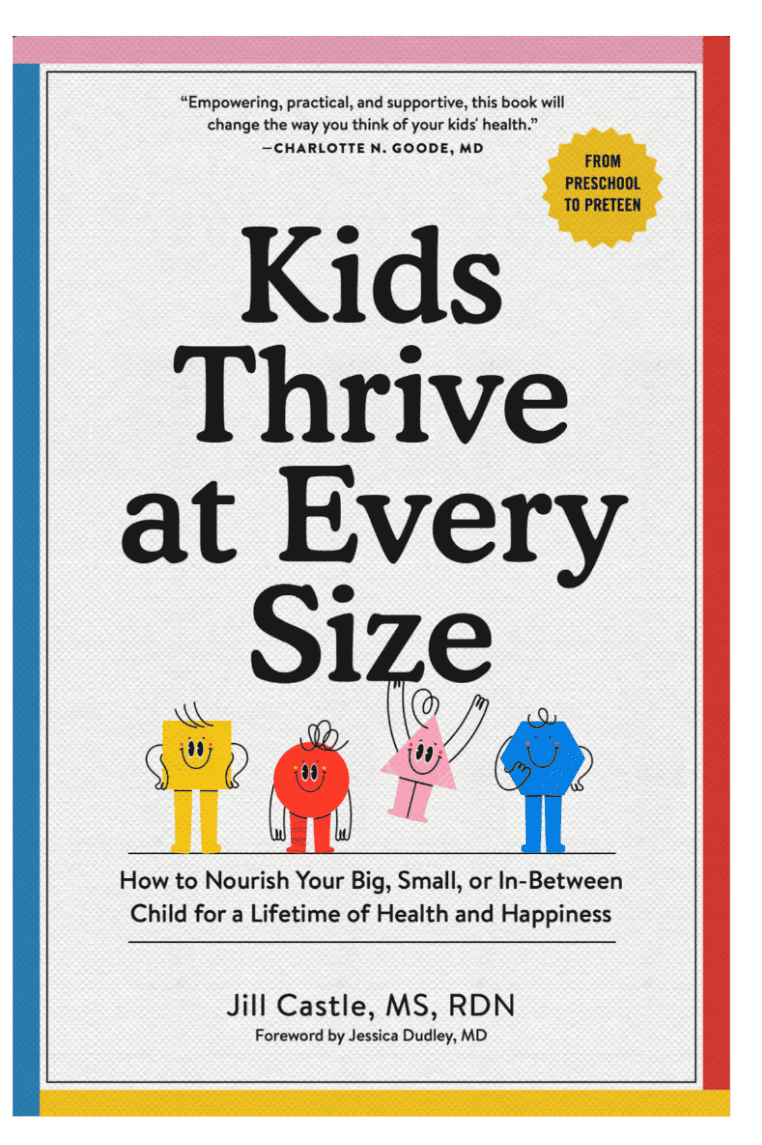My Favorite Omega-3 Fish Oil Supplements for Kids
March 25, 2025
Learn about omega-3 fish oil, whether your child should take fish oil supplements, and my favorite types and brands for children.
Studies reveal that most Americans are not getting enough omega-3 fatty acids from the foods in their diet, including children. It begs the question: Should you consider fish oil supplements for kids? Believe it or not, a child’s diet can have low levels of omega-3s, especially docosahexaenoic acid (DHA) and eicosapentaenoic acid (EPA), even when they eat a balanced diet.
In this article, I will help you:
- understand the importance and benefits of omega-3 fats for your child
- determine whether they are meeting their needs for these essential fatty acids from their diet
- review the top foods sources of omega-3 fats
- determine whether your child needs a supplement
- the characteristics of an Omega-3 supplement
As a pediatric dietitian, I’ll share my favorite recommendations for children and why.

What are Omega-3 Fish Oils?
Fish oils contain high levels of essential fatty acids, including alpha-linolenic acid (ALA), docosahexaenoic acid (DHA), and eicosapentaenoic acid (EPA). These fatty acids are extracted from fish but can be found in other foods, too.
- ALA is found in both plants and fish oil. It’s an essential fatty acid because the body cannot make it. We need to get it from food. Foods sources of ALA include flaxseed, walnuts, canola oil, and soybean oil.
- DHA is found in cold water fatty fish like salmon. DHA is key to early brain development and to the formation of the retina.
- EPA is also found in fish and some plant foods. EPA plays a role in anti-inflammation, lowering triglycerides, and mental health.
The Benefits of Fish Oil for Kids
There is plenty of research on the beneficial effects of consuming optimal amounts of omega-3:
- Brain development and cognitive function: Adequate DHA and EPA act as building blocks for the brain cells, affecting memory, learning, and overall brain function. DHA, more than EPA, has an important impact on brain functioning.
- Vision and eye health: The retina contains high levels of DHA, which help with visual signaling.
- Mental health: Studies suggest fish oil improves symptoms of anxiety, depression, and overall mood. EPA, more than DHA, seems to be more impactful on mood regulation.
- Anti-inflammatory: Both EPA and DHA reduce body inflammation, which is linked to depression and excess body fat.
- Cardiovascular benefits (Heart Health): Fish oil reduces triglyceride levels, inflammation, and improves blood pressure, potentially reducing cardiovascular risk for heart attack.
How Much Fish Oil are Children Consuming?
A 2021 article in BMJ Open measured the fatty acid content in the blood of children and adults. They found:
Over 95% of children and 68% of adults had LC omega-3 concentrations below those associated with the Dietary Guidelines for Americans recommendation.
To put it plainly, most children (more than 9 out of 10 kids!) are not getting enough omega-3 fatty acids in their diet, as measured by the Omega-3 Index test. Also, children with higher body fat seem to have low levels of omega-3 in their blood, according to research.
What are the Food Sources of Omega-3 Fats?
Food sources of omega-3 fats are limited. Target these foods if you want to increase your child’s omega-3 fatty acid consumption:
- Oily fish: Cold-water fish like salmon, mackerel, and sardines offer some of the highest sources of DHA and EPA. The Dietary Guidelines for Americans (DGA) recommend regular fish consumption of 2 to 3 servings per week for children.
- The following are the serving sizes of fish based on age:
- 1 – 3-year-olds (1 ounce)
- 4 – 7-year-olds (2 ounces)
- 8 – 10-year-olds (3 ounces)
- children age 11 and older (4 ounces)
- The following are the serving sizes of fish based on age:
- Plant foods with omega-3s: Plant foods like flaxseeds, walnuts, and chia seeds contain higher amounts of ALA. This fatty acid can be converted to DHA and EPA, but the conversion is inefficient and only creates a small percentage of DHA and EPA. For example, only 5 -10% of ALA converts to EPA, and 2 – 5% of ALA converts to DHA. It’s more efficient to get DHA and EPA directly from the source!
- Fortified foods: Some foods are fortified with DHA and EPA, like DHA-fortified eggs and milk. Some juices and yogurts are also enhanced. Check the product label for specific omega-3s and the mg of EPA and DHA present in the product.
Should Your Child Take Fish Oil Supplements?
When you read the statistics, you might wonder if you should start your child on supplements. It’s a worthy conversation with your pediatrician or dietitian. If your child is not consuming fish and other food sources of omega-3 fats each week, that’s your first clue that an additional supplement could be helpful.
These children might need and/or benefit from long-chain omega-3s:
- Children who aren’t eating fish every week
- Picky eaters who avoid fish, seafood, and other foods with higher amounts of omega-3s
- Kids with high weight
- Children who struggle with anxiety and/or depression
- Children with Attention Deficit Hyperactivity Disorder (ADHD)
Always talk with your pediatrician or dietitian before starting a fish oil supplement.
Types of Fish Oil Supplements
As I hinted earlier, omega-3 fats come from animals (fish) or from plants. Fish oil comes from fish (obvi!), with the most common sources being salmon, mackerel, herring, tuna, and sardines. Fish don’t make EPA and DHA; they get it from the algae and plankton they eat. You can also get a vegan form of omega-3 fatty acids from algae.
The Different Forms of Fish Oil Supplements
You can get omega-3 fish oil in several forms, and this matters a great deal to a child’s willingness to take a supplement.
Liquid Form of Fish Oil Supplement
- Natural Fish Oil: This is the oil from the fish tissue of anchovies and sardines. The omega-3s come from triglycerides.
- Krill oil is from little sea creatures (called krill) and contains omega-3 in the form of phospholipids.
- Algal oil is from algae – this is the type you would use if your child is allergic to fish or you’re a practicing vegan (or vegetarian eating no fish).
- Cod liver oil is from the liver of cod fish and also contains vitamin D and A.
Capsules
Fish oil capsules may have a lower dose of EPA and DHA. To get the optimal dosage, your child may have to take several capsules. Capsules, however, reduce the smell and taste of fish oil.
Gummies
This kid-friendly form is appealing to children as they may have natural flavors kids like, and a texture they enjoy (like candy!). However, the dose in milligrams of omega-3s (EPA and DHA) is lower than any other form.
Chewies
Relatively new on the market, chewies are made with gelatin, which makes them chewier than a gummy. Children seem to like these and they carry a high doses of EPA and DHA than gummies.
Soft Gels
These are smaller than capsules and may be easier to swallow for children.
Smoothie
Call it a puree, pudding, or smoothie. This is a creamy texture and easy for kids to take right out of a squeeze packet.
How Much Omega-3 Do Kids Need?
When deciding about omega-3 supplements, knowing how much your child needs is the first place to start.
- 200 mg – 250 mg of combined EPA and DHA are recommended for general health support in children (GOED recommendations)
- Up to 1500 mg per day for children aged 1 – 8 years and,
- Up to 2000 mg per day for kids between 9 and 13 years is considered safe and may be better for children with specific needs. (EFSA 2012; Health Canada Fish Oil 2024)
The science here is evolving, especially around optimal amounts of omega-3 for kids.
My Favorite Omega-3 Supplement Brands for Kids
The following links are affiliate links – If you buy through these links, I will receive a small commission which helps support this website. Thank you!
Nordic Naturals – Well-established in the fish oil industry, Nordic Naturals has many offerings for the whole family. Soft gels and “fishies” (aka, chewies) are readily available for children.
Barlean’s – This company has several flavors of fish oil and my clients tolerate and enjoy this brand. Barlean’s also offer a meaningful dosage of EPA + DHA, whether you need a health supporting dose or a higher one. They have both options!
Coromega – I like this brand because they make an orange-flavored single-dose squeeze packet in a smoothie texture. Again, Omega-3 dosage is better than a gummy.
Tips for Adding a Fish Oil Supplement to Your Child’s Routine
As a dietitian, I am always rallying for a “food first” approach! However, U.S. children are failing to get fish into their diets – at all ages! The need for Omega-3 fatty acids is well-established and fish oil supplementation can help your child meet their needs.
Kids get the maximum benefits if omega-3s when they are part of the daily routine.
If you’re worried about whether your child will tolerate supplementation, you can always mix the liquid form into yogurt, smoothies, or fruit juice. To minimize any side-effects like a fishy aftertaste or burping, take the supplement with meals.
Remember, many of the fish oils for children are flavored, and most kids can simply take a spoonful! Better yet, experiment with soft gels (older child), chewies, or the smoothie form.
Resources
- The ADHD Diet for Kids – my course about food, nutrition and feeding children with ADHD
- Nutrition for the Extremely Picky Eater – Deep workshop on nutritional needs for very choosy children
- The ARFID Guide – Does your child have ARFID? Here are your next steps
- Kids Thrive at Every Size – My book with guidance for supporting healthy habits in the higher weight child

Jill Castle, MS, RD
I like empowering parents to help their children and teens thrive at every size with realistic advice centered on healthful habits around food, feeding, nutrition and health behaviors. As a pediatric dietitian and author, my goal is to share strategies and realistic advice to help you raise a healthy and happy child through my articles and podcast.




